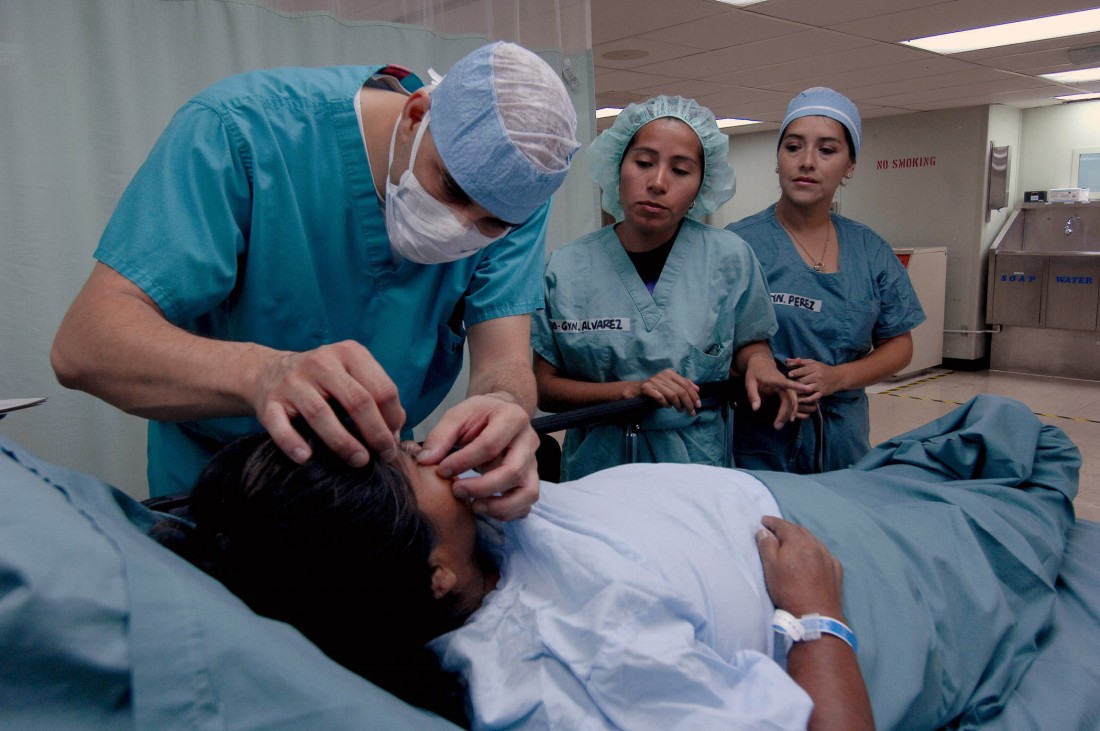Surgeons at John Radcliffe hospital have performed eye-surgery using a small robot operated by joystick. The procedure, the first of its kind, took place on 9th September, when a device was used to remove a membrane one hundredth of a millimetre thick from the patient’s right eye, restoring his sight.
The robot was operated by Robert MacLaren, Professor of Ophthalmology at the University of Oxford as well as a Consultant Ophthalmologist at the Oxford Eye Hospital, who described the procedure as ‘a vision of eye surgery in the future.’ He was assisted by Dr Thomas Edwards, a Nuffield Medical Fellow.
The device, known as the Robotic Retinal Dissection Device (apparently referred to as ‘R2D2’) was being trialled in a series of experimental procedures funded by the University, the NIHR (National Institute for Health Research) Oxford Biomedical Research Centre and the Oxford University Hospitals NHS Foundation Trust, which runs John Radcliffe.
The patient in this procedure was the Reverend Doctor William Beaver, a 70 year-old Oxford resident and Associate Priest at St Mary the Virgin, Iffley. Until last year, he had been the chaplain to the Household Cavalry Mounted Regiment. In July, doctors had discovered the membrane growing at the back of his right eye, damaging his vision by creating a hole in his retina. Dr Beaver described the procedure as ‘effortless’ and a ‘godsend’.
R2D2 was developed by Preceyes, a Dutch company linked to the Eindhoven University of Technology which specialises in producing precision surgical equipment. Their technology has improved the effectiveness of micro-surgery by limiting the effect of surgeons’ hand-tremors, which can include movements as small as a pulse. Preceyes have claimed that the movement of their devices is precise to within the thickness of a human hair.
Surgeons hope that using robots small enough to fit into the human eye will allow for a greater number of intricate procedures to be carried out successfully. Professor MacLaren said that robots may soon treat blindness using gene therapy and stem cells placed under the retina.



